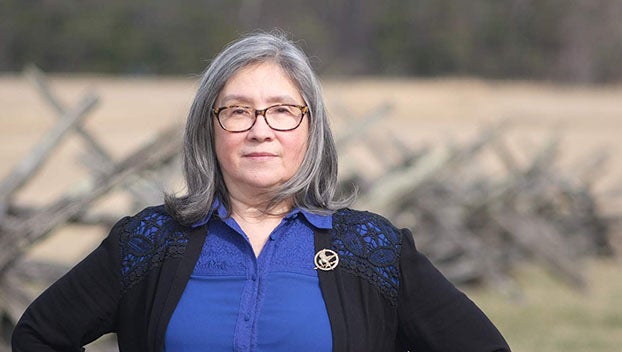Schedule Issues?
Published 4:09 pm Thursday, December 16, 2010
PRINCE EDWARD – There's a syncopated schedule at the high school this year, but-though it is only in its first year of implementation-modifications could be on the way.
High School Principal Craig Reed, in detailing the school improvement plan at the December 8 school board meeting, cited that they know that a schedule has a strong impact on student achievement and that they are taking a look at the schedule and trying to assess if it works best for the students they have now and for their need.
Among the needs cited:
*A common planning time not only among those in specific subject areas, but also special education teachers that work in the inclusion classes.
*An extended learning time, which Reed cited is a requirement of the state and “very much needed to increase student achievement.” It can be an extended learning day or in the form of remediation. “So we're really focusing on how can this help us serve with remediation,” Reed said.
*Alignment with dual enrollment students. There are a number of students who take dual enrollment classes and sometimes have to go to Southside Virginia Community College to do so. Reed indicated that they want a schedule that's going to work collaboratively with the college.
*And offer consistency in the length of period. Reed cited that on some days fifth period may be 40 minutes and then the next day may be 55 minutes. “So that has added a little bit (of) confusion this year,” he said.
Reed reported that they can place common planning in the current schedule “but that was really the only main advantage that we could find.”
Among the disadvantages was that the extended learning time during the day is difficult. They are starting an in-school remediation program in which students will be pulled out of elective classes to get help in core areas. It is somewhat difficult, he explained. The period may be 40 minutes one day, 55 minutes another and won't be consistent.
But Reed detailed that variations of the schedule lead to confusion “sometimes for our teachers and for our teachers and it can be hindrance…in regards to our dual enroll classes.”
He added, “So those are just some of the things that we've been considering in our school improvement team and our school leadership team.”
The school, prior to the current school year, operated under a four-by-four block schedule, allowing students in extended classes to essentially complete a class in a semester of work. The current schedule-with varying class length times in a complicated schedule-spans the academic year and stretches the number of courses a student can take over their academic career.
Reed noted that they have devised a plan for creating a new master schedule for the next year. There is a master scheduling board with all courses listed as well as planning time. He said they're going to try to move that around so it's in the best interest of students next year.
In addition, Reed detailed, faculty input has been sought for additions and deletions from the program of studies. Teachers are drafting course descriptions and syllabus for proposed classes.
The next step includes school board approval for additions and deletions, Reed said, they would like to rewrite the program of studies and send it to print, and that counselors are going into classes and talking about the process of scheduling and would also have an individual conference with each student at the high school.
Division Superintendent Dr. David Smith said there has been no discussion about reverting to the block schedule.
Smith noted that there was a lot of planning and a lot of discussion and a lot of work by the high school staff and a lot of work by the board in the two years leading up to the decision to go with the current schedule.
“He also offered that “…there's always a need to…consider a schedule more of a dynamic document…that's open to minor modifications from year to years as needs change within…school buildings,” Dr. Smith said. “That's always got to be a normal part of operations, but…Mr. Reed was interested in sharing with the board what the concerns were as a starting point for discussion.”





